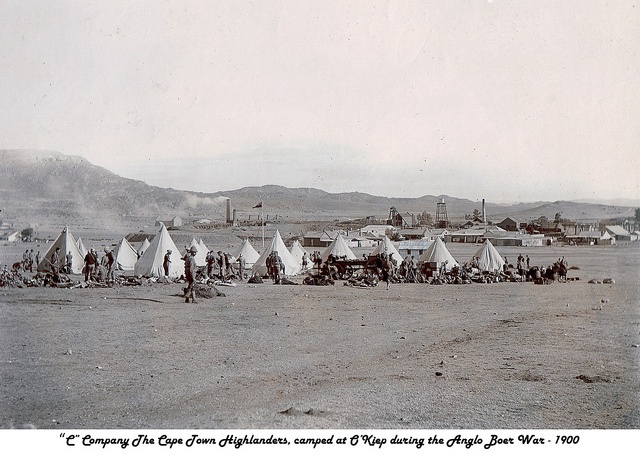This Day in History: April 4, 1902
Additional Date: April 4, 1902
In the final stages of the South African War (Anglo Boer), the British had whittled down the Boer resistance to such an extent that the only resistance they could offer was sporadic guerrilla campaigns. This was largely due to the superior military power of the British, the 'scorched earth' tactics Lord Kitchener employed and the fact that the British confined much of the rural populace to internment camps.
On the eve of defeat, General Smuts decided to lead a commando down to the Cape Colony. It was during this campaign that his Commando, as the Boer military formations were called, laid siege to the mining town of Okiep. Okiep was a small copper mining town in the Cape Colony, that eventually became the headquarters of the Cape Copper Mining Company. This was after the neighbouring towns of Concordia and Springbok had surrendered. Springbok had put up quite fierce resistance, with British losses being four men killed and six wounded. Due to the small size of British forces in the region, Boer forces had free reign of the surrounding areas.
Thus Smuts and his commando were able to force the evacuation of many outposts as well as blowing up a number of blockhouses (fortifications). The majority of the refugees fled to Port Nolloth, as two British gunboats were en route there. On 4 April 1902, Smuts demanded the surrender of Okiep. The soldiers stationed at Okiep were made up of the fifth Royal Warwickshires, number of Namaqualand Town Guard Battalion members, consisting of a sizeable number of Black and European miners It is claimed that Colonel Shelton, the Commander of the British garrison at Okiep, refused to surrender even though he only had enough provisions to hold out for three weeks. On 4 May 1902, a relief column arrived from Port Nolloth and ended the siege. This was one of the last military actions by Boer forces, as the war ended in May of the same year. A point of interest is that the British had expected a protracted siege, and in preparation thereof had issued a number of siege notes. This being a form of government guaranteed credit note to keep the economy in a besieged town going until relief arrived.
